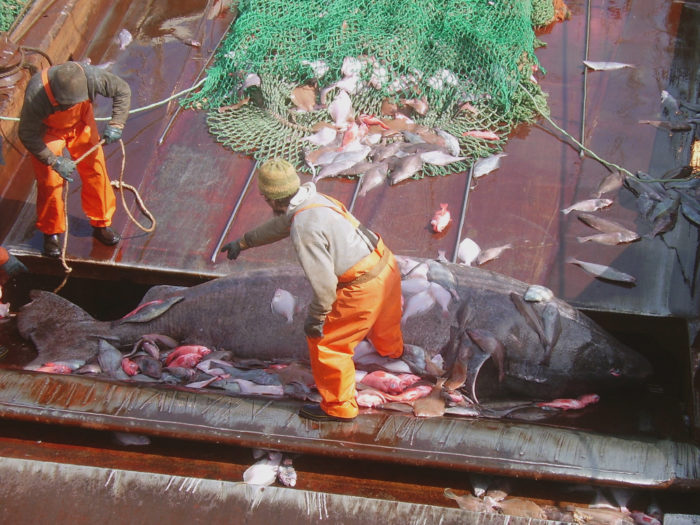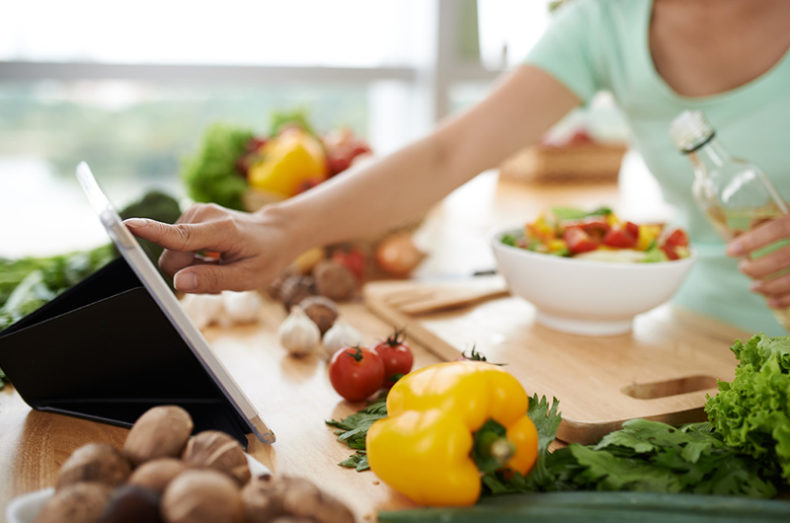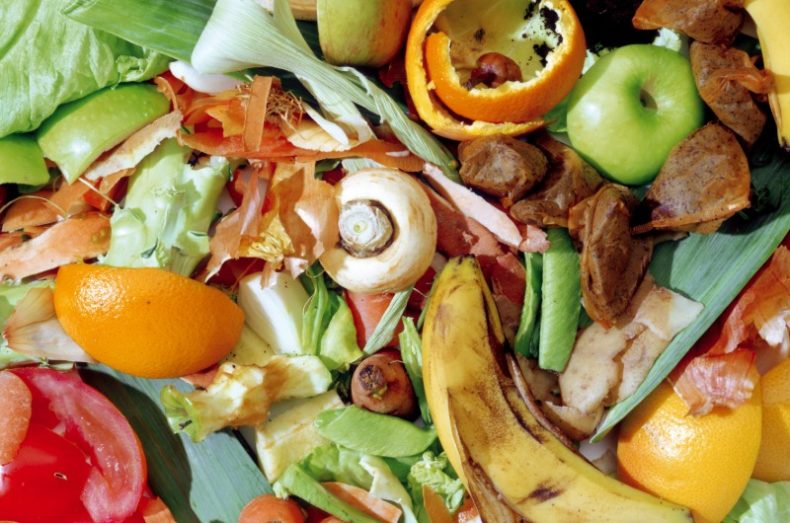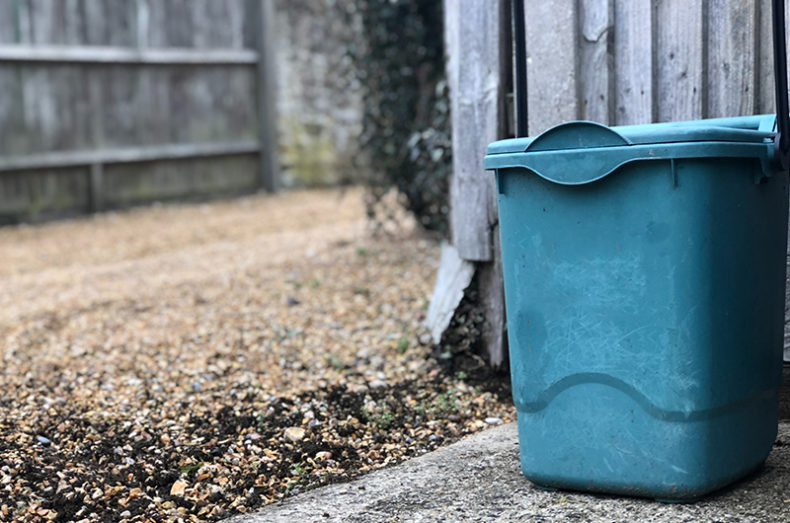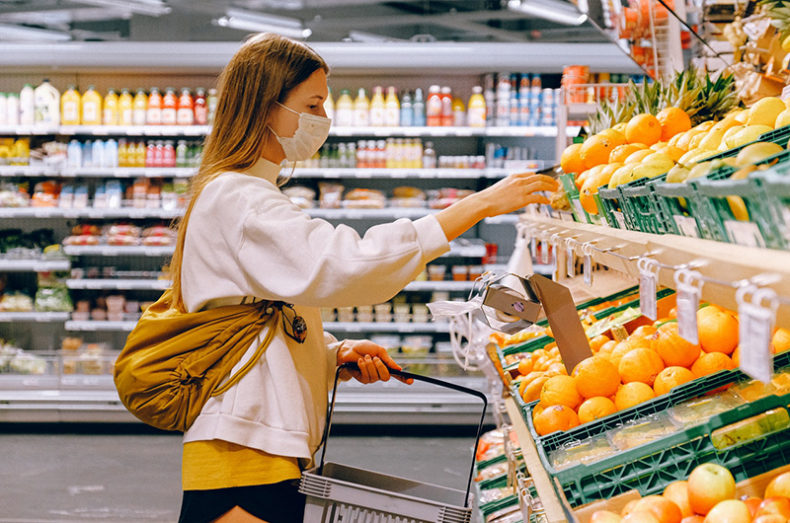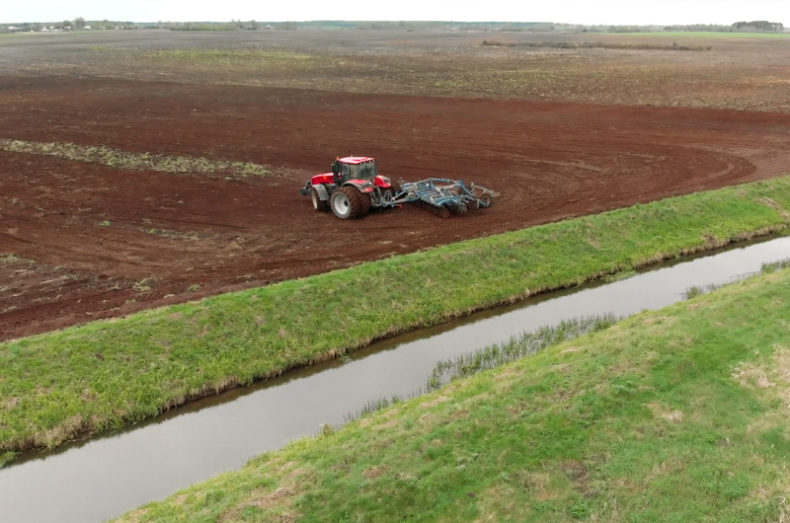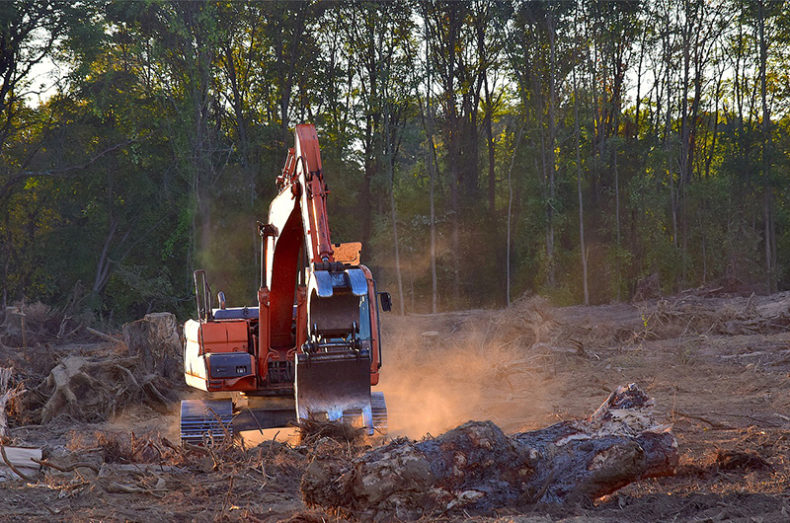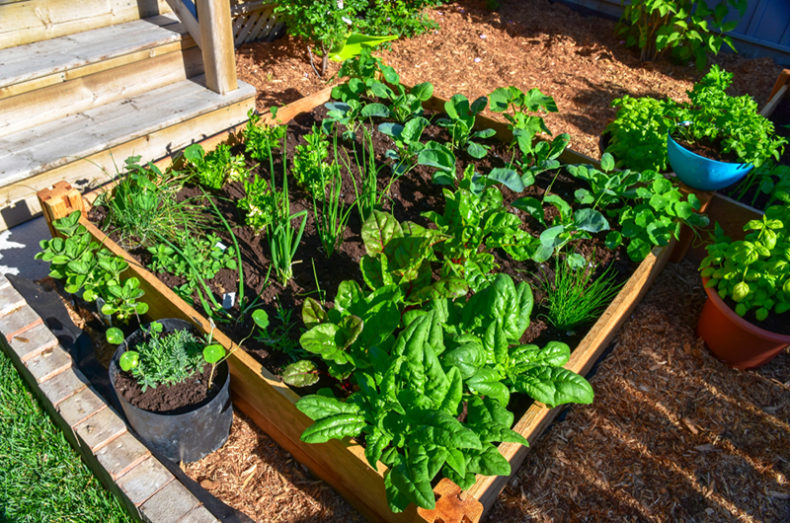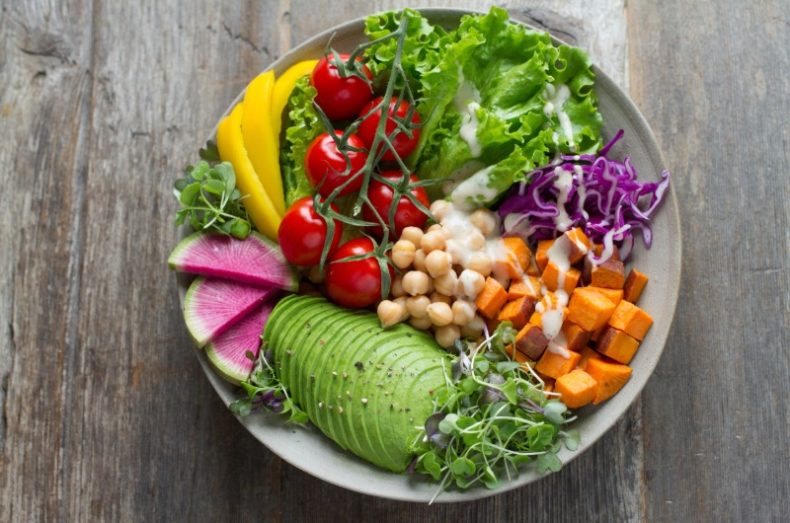Read more
– Different types of food go off quicker or slower depending on the temperature around them. Try setting your fridge to 1.6 degree Celsius, this temperature that keeps the most amount of different foods preserved for the longest.
– Check the best before and use by dates and what these actually mean.
– Use smaller plates. We naturally fill a plate up with as much as we can because we’re hungry, but our eyes are bigger than our bellies and we often end up throwing some food away. By using a slightly smaller plate, you stop yourself from doing this. Plus you can always go back for seconds!
– Keep a check on what foods are in the fridge and plan meals in advance before going food shopping. Good planning will help you buy only what you need, cut down on food waste and save you a surprising amount of money too!
– Freeze your food. Many types of food can safely be frozen and defrosted when you are ready to eat them. Be a freezer hero!
– Head over to the Love Food Hate Waste website to find some delicious waste-free recipes.
